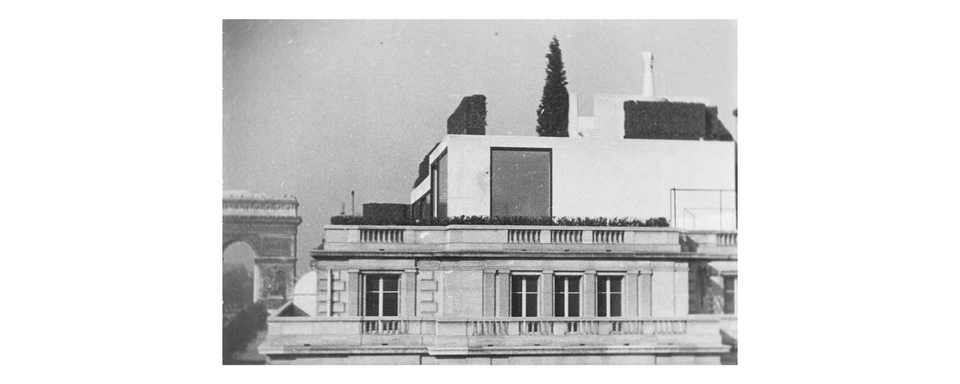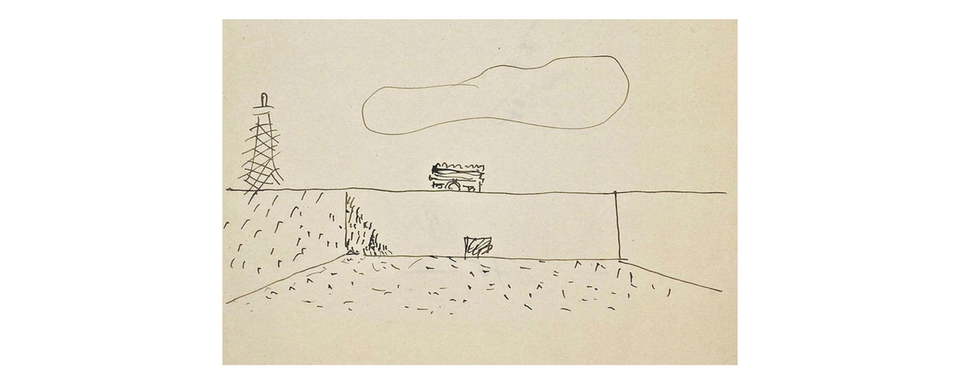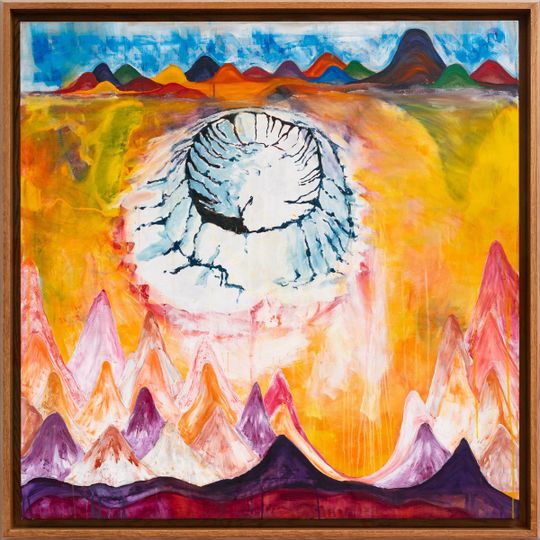Machine à Amuser
MaastrichtBureau Europa is translating the book Machine à Amuser into a unique exhibition.
Contact
Every architect knows Le Corbusier and his famous belief that "a house is a machine for living in" ("La maison est une machine à habiter"). Yet, there is one building in the oeuvre of this purist modernist that was not a living machine, but rather an instrument of pure amusement.
In his book 'Machine à Amuser: The Life and Death of the Beistegui Penthouse Apartment', Wim van den Bergh describes the origins of the famous penthouse of the Franco-Mexican millionaire bachelor Charles de Beistegui. The penthouse was designed and built by Le Corbusier and Pierre Jeanneret on the Champs-Élysées between 1929 and 1932.
Bureau Europa is now translating this boo…
Every architect knows Le Corbusier and his famous belief that "a house is a machine for living in" ("La maison est une machine à habiter"). Yet, there is one building in the oeuvre of this purist modernist that was not a living machine, but rather an instrument of pure amusement.
In his book 'Machine à Amuser: The Life and Death of the Beistegui Penthouse Apartment', Wim van den Bergh describes the origins of the famous penthouse of the Franco-Mexican millionaire bachelor Charles de Beistegui. The penthouse was designed and built by Le Corbusier and Pierre Jeanneret on the Champs-Élysées between 1929 and 1932.
Bureau Europa is now translating this book into an exhibition. 'Machine à Amuser' is not just the story of a hitherto underappreciated design by one of the most important architects of the twentieth century; it is also an entertaining and relatable tale of the interplay between client and architect. Both the interaction during that process and its surreal final outcome are highlighted in the exhibition.
It is also a story about the 'haute bohème', the Parisian café society in which Beistegui moved. His parties were lavish and eccentric: the opening of his new palazzo in Venice in 1951 is still regarded as the ball of the century. This eccentric world is illustrated in the exhibition through photos, film footage, original magazines, and objects.
Last but not least, 'Machine à Amuser' is a story about drawing, and drawing as an architectural research method. The concept of the reconstruction drawing therefore holds a prominent place in the exhibition.
Machine à Amuser is part of Bureau Europa's diverse autumn programme The Grand Tour.
When
- Every wednesday, thursday and friday until november 3rd, 2024 from 12:00 to 17:00












